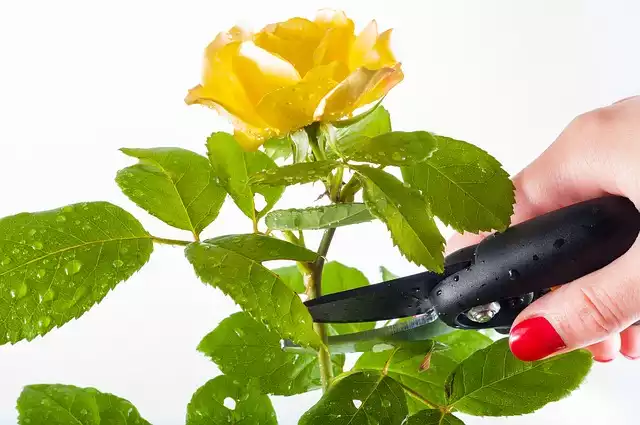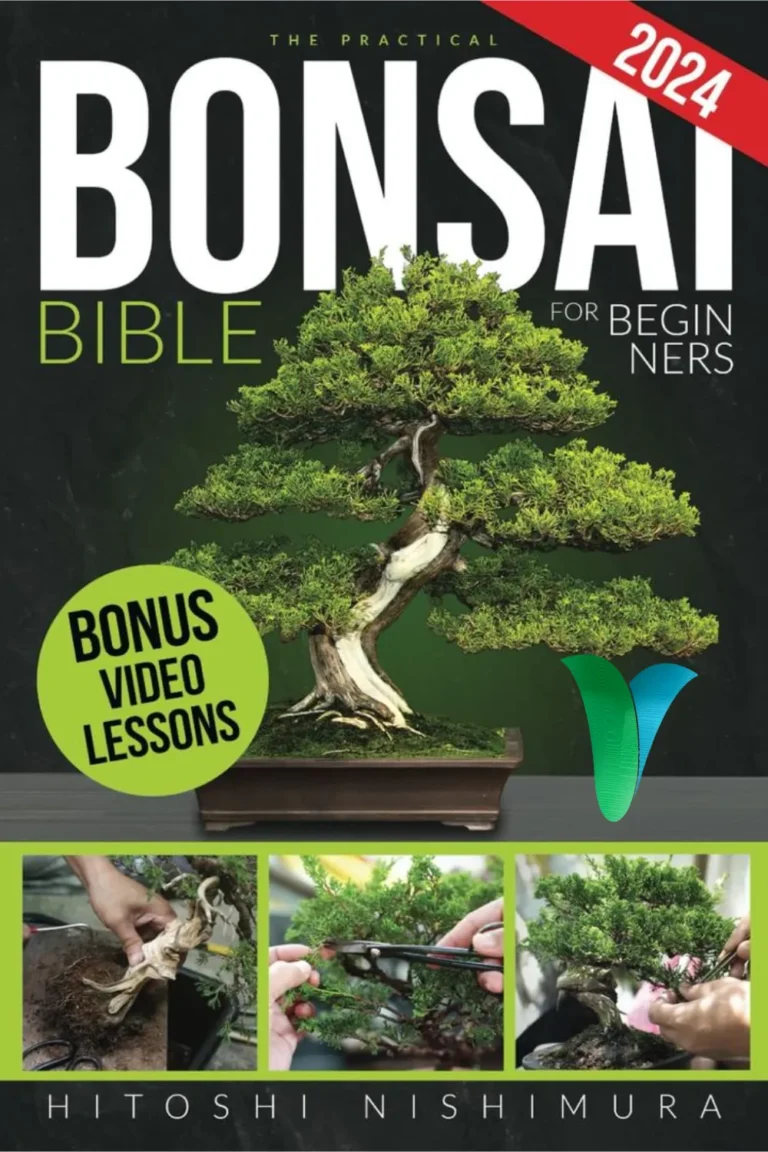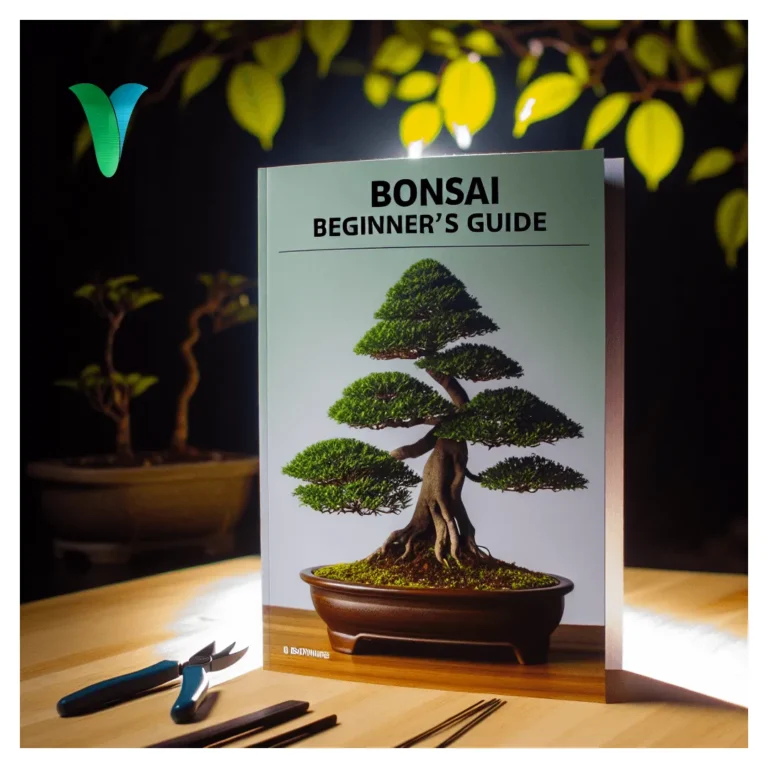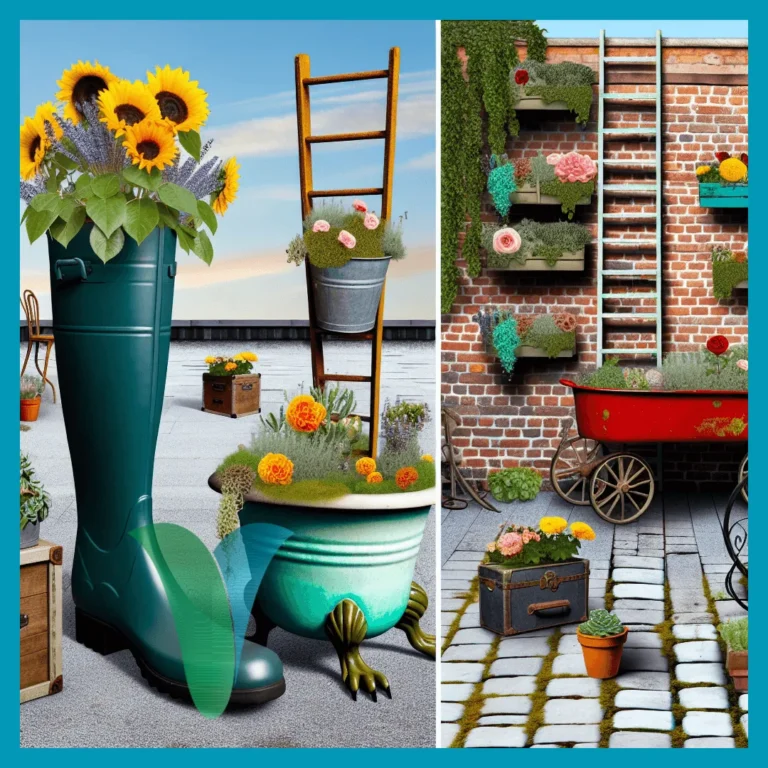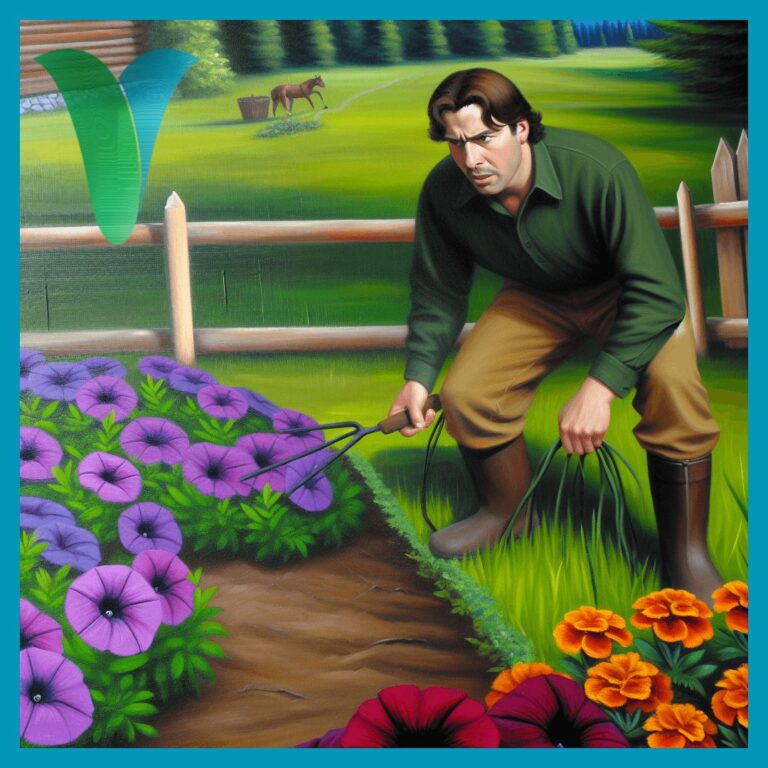Easy Garden Care
Imagine unlocking the secret to a lush, vibrant garden without devoting every spare moment to its upkeep.
Welcome to the world of Easy Garden Care, where thriving plants and leisurely weekends coexist in perfect harmony.
In this guide, we’re about to embark on an enlightening journey that dispels the myth of the high-maintenance garden, revealing how simplicity and beauty can grow hand in hand.
Whether you’re a seasoned gardener seeking respite from the constant demands of your green oasis or a novice with aspirations but hesitant about the commitment, rest assured: cultivating a stunning outdoor space can be both effortless and immensely rewarding.
With practical tips and innovative strategies tailored for those who cherish both their garden and their time, Easy Garden Care is your gateway to achieving that coveted balance.
You’ll discover how adopting smart gardening techniques not only beautifies your surroundings but also enriches your life with more moments of tranquility amidst nature—without ever feeling overwhelmed by chores.
Let’s nurture our love for gardening by making it easier and more enjoyable than ever before! Gardening has long been a beloved pastime for many, offering a sense of relaxation and accomplishment as we witness the fruits of our labor bloom before our eyes.
However, maintaining a garden can often be a daunting and time-consuming task, leading many to shy away from this fulfilling hobby.
But fear not, as with the right approach and tools, garden care can be made easy and even enjoyable.
In this article, we will explore various tips and techniques to streamline your garden care routine, making it less of a chore and more of a pleasant experience.
From selecting low-maintenance plants to utilizing clever gardening hacks, we will provide practical and efficient solutions for all your gardening needs.
So, whether you are a seasoned green thumb or a novice gardener, read on to discover how you can effortlessly maintain a beautiful and thriving garden with our easy garden care guide.
Table of Contents Easy Garden Care
Choosing the right plants for your garden
One of the key factors in creating a thriving and visually appealing garden is selecting the right plants for your specific environment.
A professional approach to gardening involves considering various factors such as the climate, soil type, sunlight exposure, and water availability.
By understanding these factors and conducting proper research, you can ensure that the plants you choose are well-suited to your garden’s conditions and have the best chance of flourishing.
Additionally, it is essential to consider your personal preferences, such as the desired aesthetic or purpose of your garden, whether it be for ornamental purposes, attracting wildlife, or growing your own produce.
By carefully selecting the right plants for your garden, you can create a harmonious and low-maintenance outdoor space that brings joy and satisfaction throughout the seasons.
Proper watering techniques for thriving plants
To maintain healthy and thriving plants, it is crucial to implement proper watering techniques.
Watering is a fundamental aspect of garden care, and it is essential to strike the right balance to avoid both underwatering and overwatering.
The most effective approach is to water deeply and infrequently, ensuring that the water reaches the plant’s root zone.
This encourages the development of strong and deep root systems, which in turn promotes plant resilience and overall health.
It is important to water the plants early in the morning or late in the evening to minimize evaporation and allow the water to penetrate the soil.
Additionally, using a soaker hose or drip irrigation system can deliver water directly to the base of the plants, preventing wastage and minimizing the risk of fungal diseases.
Regularly monitor the moisture levels of the soil by conducting a simple finger test or using a moisture meter.
Adjust the watering frequency and duration based on the specific needs of the plants, taking into account factors such as plant type, weather conditions, and soil drainage.
By implementing proper watering techniques, you can provide the essential hydration your plants need for optimal growth and flourishing.
Mulching to retain moisture and suppress weeds
Implementing mulching in your garden is a highly effective technique for retaining moisture and suppressing weeds.
Mulch acts as a protective layer over the soil, reducing evaporation and helping to maintain a consistent level of moisture for your plants.
By creating this barrier, mulching also helps to prevent weed growth by blocking sunlight and inhibiting weed seed germination.
Organic mulches, such as wood chips or straw, not only provide these benefits but also break down over time, enriching the soil with organic matter and improving its overall fertility.
To maximize the advantages of mulching, apply a layer of mulch around your plants, ensuring it is thick enough to provide adequate coverage and regularly replenish it as needed.
By incorporating mulching into your garden care routine, you can conserve water, reduce weed infestations, and promote healthier and more resilient plants.
Fertilizing for healthy growth and blooms
To achieve healthy growth and abundant blooms in your garden, proper fertilization is essential.
Fertilizers provide essential nutrients that plants need for optimal development, including nitrogen, phosphorus, and potassium.
These nutrients support various aspects of plant growth, such as leaf development, root formation, and flower production.
When selecting a fertilizer, consider the specific needs of your plants and choose one that is rich in the necessary nutrients.
It is important to follow the recommended application rates to avoid over-fertilization, which can lead to nutrient imbalances and damage to your plants.
Regularly fertilizing your garden throughout the growing season will ensure that your plants receive the nutrients they require to thrive, resulting in vibrant foliage and beautiful blooms.
Regular pruning for optimal plant health
Proper and regular pruning is vital for maintaining optimal plant health in your garden.
Pruning involves selectively removing certain parts of the plant, such as branches, shoots, or leaves, to promote healthy growth and improve overall plant structure.
By removing dead or diseased branches, pruning helps prevent the spread of diseases and pests, ensuring the longevity and vitality of your plants.
Additionally, pruning encourages better airflow and sunlight penetration, reducing the risk of fungal infections and promoting photosynthesis.
It is crucial to use sharp, clean pruning tools and follow proper pruning techniques to minimize stress on the plants and avoid unnecessary damage.
Regular pruning, done at the appropriate times for each plant species, will result in stronger, more resilient plants and enhance the overall aesthetic appeal of your garden.
Controlling pests and diseases naturally
One of the key aspects of maintaining a healthy garden is effectively controlling pests and diseases.
While there are chemical pesticides and treatments available in the market, opting for natural methods can be a more sustainable and environmentally friendly approach.
Natural pest control involves utilizing biological solutions, such as beneficial insects or companion planting, to deter pests and keep them in check.
Additionally, practicing good garden hygiene, such as removing diseased plant material and maintaining proper watering and fertilization methods, can help prevent the spread of diseases.
By embracing these natural methods, you can create a harmonious garden ecosystem that reduces the reliance on harmful chemicals and promotes long-term garden health.
Creating a sustainable garden environment
In order to create a sustainable garden environment, it is important to focus on practices that promote ecological balance and reduce environmental impact.
One such practice is implementing water conservation techniques, such as installing rainwater harvesting systems or using drip irrigation, to minimize water wastage and ensure efficient water usage.
Additionally, incorporating native plants into your garden can enhance biodiversity and provide habitats for local wildlife.
These plants are adapted to the local climate and require less water and maintenance, making them an ideal choice for a sustainable garden.
Furthermore, integrating composting and recycling systems into your garden can help reduce waste and provide nutrient-rich soil amendments for healthy plant growth.
By prioritizing sustainable practices and minimizing reliance on external resources, you can create an environmentally conscious garden that thrives for years to come.
Low-maintenance options for busy gardeners
To cater to the needs of busy gardeners, it is essential to consider low-maintenance options that require minimal time and effort to care for.
One option is to choose perennial plants, which come back year after year without the need for replanting.
Perennials are known for their resilience and ability to withstand various weather conditions, reducing the need for constant monitoring and maintenance.
Another low-maintenance choice is to incorporate ground covers, such as creeping thyme or vinca, which suppress weed growth and reduce the need for regular mowing or weeding.
Additionally, utilizing mulch or wood chips in your garden beds helps retain moisture, suppress weeds, and regulate soil temperature, all while requiring minimal upkeep.
By selecting these low-maintenance options, busy gardeners can create a beautiful and sustainable garden without sacrificing their limited time and energy.
In conclusion, maintaining a beautiful garden doesn’t have to be a daunting task.
By following these simple tips and incorporating them into your routine, you can easily care for your garden and keep it looking its best.
Remember to regularly water and fertilize your plants, trim and prune when necessary, and keep an eye out for any pests or diseases.
With a little bit of effort and consistency, you can enjoy a thriving garden all year round.
Happy gardening!
FAQ
What are some low-maintenance plants that are easy to care for in a garden?
Some low-maintenance plants that are easy to care for in a garden include succulents, lavender, hostas, daylilies, and ornamental grasses.
These plants typically require minimal watering, pruning, and fertilizing, making them ideal for beginners or those with limited time for gardening.
Additionally, they are often hardy and can thrive in various environmental conditions, making them a versatile choice for any garden.
How often should I water my garden and what is the best time of day to do so?
It is generally recommended to water your garden 1-2 times per week, depending on weather conditions and the needs of your plants.
The best time to water is early in the morning, between 6 am and 10 am, to reduce evaporation and allow plants to absorb the water before the heat of the day.
Avoid watering in the evening as this can promote fungal growth.
Monitor the soil moisture levels and adjust your watering schedule as needed to ensure your garden thrives.
What are some natural ways to prevent pests and diseases in my garden?
Some natural ways to prevent pests and diseases in your garden include planting native species, practicing crop rotation, companion planting, using natural predators like ladybugs or birds, maintaining healthy soil with compost and mulch, and regularly inspecting plants for early signs of issues.
Additionally, employing physical barriers like row covers or hand-picking pests can also help prevent infestations.
Avoiding chemical pesticides and opting for organic and natural solutions can promote a healthier garden ecosystem.
Proper watering, spacing plants appropriately, and providing adequate sunlight are also essential for plant health and disease prevention in the garden.
How can I improve the soil quality in my garden to promote healthy plant growth?
To improve soil quality in your garden, consider adding organic matter like compost or manure to increase nutrients and improve soil structure.
Utilize cover crops to prevent erosion, retain moisture, and add nutrients.
Rotate crops annually to prevent depletion of specific nutrients.
Test your soil regularly to determine nutrient levels and pH balance, adjusting as needed.
Avoid over-tilling to prevent soil compaction.
Lastly, consider using natural mulch to retain moisture, suppress weeds, and improve soil health.
Overall, focusing on organic practices and consistent care will promote healthy plant growth in your garden.
What are some easy ways to incorporate sustainable gardening practices into my routine?
Some easy ways to incorporate sustainable gardening practices into your routine include composting kitchen scraps to create natural fertilizer, planting native species to promote biodiversity and reduce water usage, using rain barrels to collect water for irrigation, avoiding synthetic pesticides and fertilizers, and practicing crop rotation to maintain soil health.
Additionally, opting for organic gardening methods, reusing materials for garden projects, and attracting beneficial insects like bees and butterflies can further enhance the sustainability of your gardening practices.
By implementing these simple steps, you can minimize your environmental impact and promote a healthier garden ecosystem.

